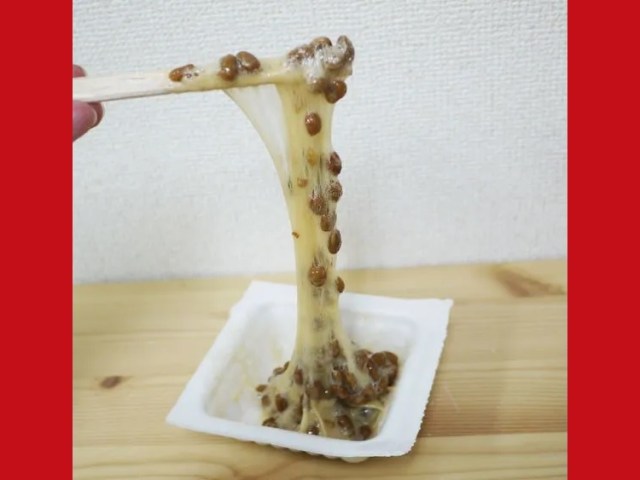
Surfing can lead to natto allergies, it turns out.
With a powerfully pungent smell and super stringy, sticky texture, natto (fermented soybeans) is one of Japan’s more divisive foods. Traditionally natto has been less popular in west Japan than in the east, but there’s another demographic that has less gusto for gobbling the gooey soybeans, and oddly enough it’s surfers.
This curious phenomenon comes up periodically, and it’s back in the spotlight recently after a Twitter user posted about how roughly 80 percent of their surfer friends don’t like eating natto, because they have allergic reactions to it.
That’s a much larger proportion than among the general public, as natto allergies aren’t particularly common in Japan. As the tweet briefly points out, there’s actually an indirect connection between surfing and natto allergies, and the junction comes in the form of one of the unpleasant inevitabilities of spending a lot of time in the sea in Japan: jellyfish.
▼ “’Sup.”
Okinawa excepted, outside of summer the weather in Japan isn’t warm enough to be very conducive to marine sports, and June is characterized by frequent rain and thunderstorms. That makes July and August the prime surfing months. Once August comes around, though, you can expect to encounter jellyfish at just about any beach in Japan for the rest of the summer, but if you’re a surfer, that’s also likely to be when you’re trying to get in as many sessions as possible, and there’s a very good chance that on one of those sessions, you’re going to get stung.
While painful, most Japanese jellyfish stings aren’t particularly dangerous, so many surfers see them as an acceptable risk, and an unavoidable byproduct of the hobby. Jellyfish tentacles produce a substance called polyglutamic acid, or PGA, which the human victim is exposed to when stung. Human skin isn’t fond of getting hit with that much PGA at once, which results in itchy, painful welts.
PGA is also produced, though, as part of the soybean fermentation process in making natto. Ordinarily the amount is small enough that it doesn’t present a problem for the person eating it, but jellyfish stings can cause increased sensitization to PGA. Get enough jellyfish stings, and your body eventually starts saying that enough is enough with the PGA, and even the quantity present in a serving of natto can become enough to trigger an allergic reaction.
▼ “Tough luck, dude. No more natto breakfasts for you – hope ya like cereal!”
Now depending on your personal feelings about natto, developing an allergy to it may not be a concern, and could even be to your advantage if you’re looking for an excuse to politely but firmly decline it when it’s offered by your Japanese homestay family, friends, or coworkers. But if natto is something near and dear to your culinary heart, you’ll probably want to keep your distance from jellyfish.
Source: Japan BD, International Journal of Emergency Medicine, Hachima Kiko
Top image ©SoraNews24
Insert images: Pakutaso (1, 2)
● Want to hear about SoraNews24’s latest articles as soon as they’re published? Follow us on Facebook and Twitter!